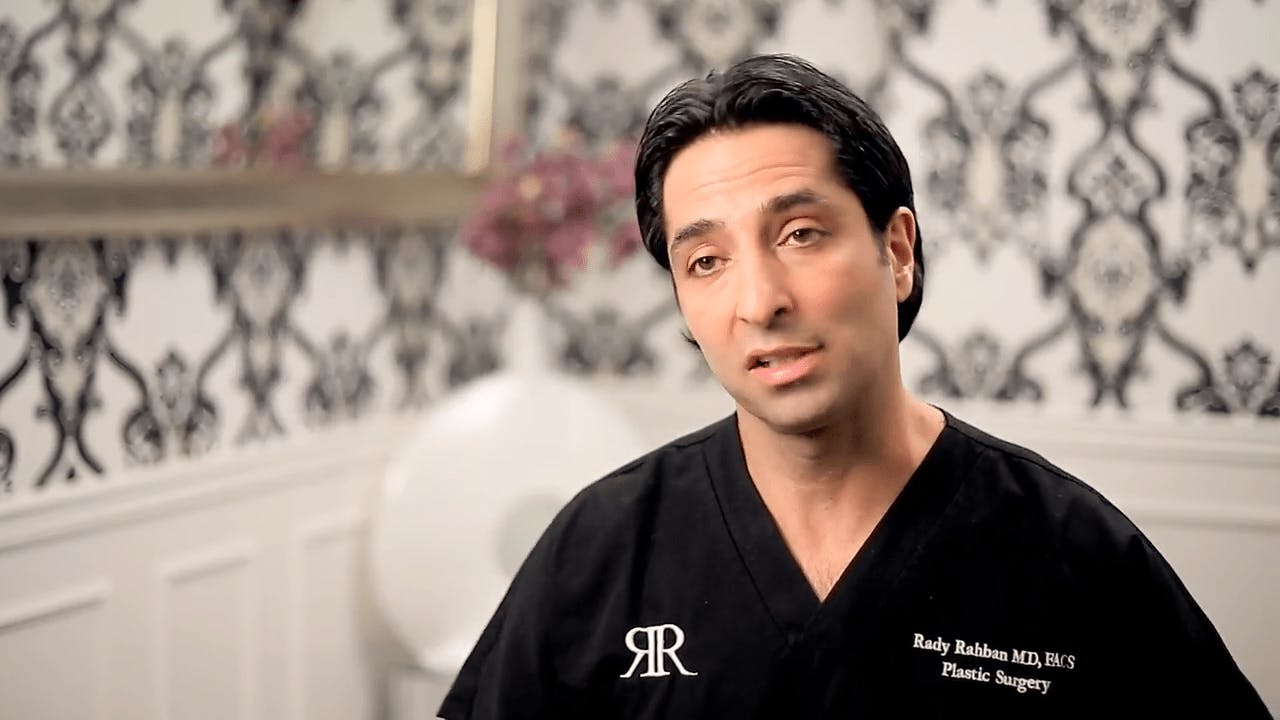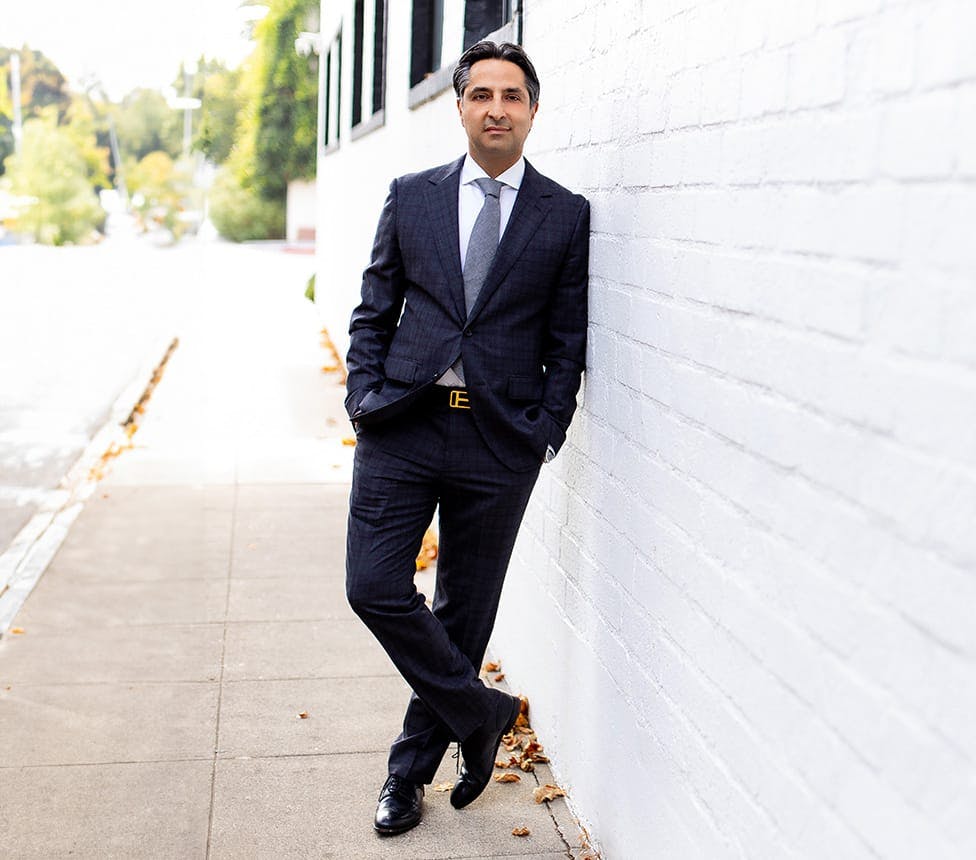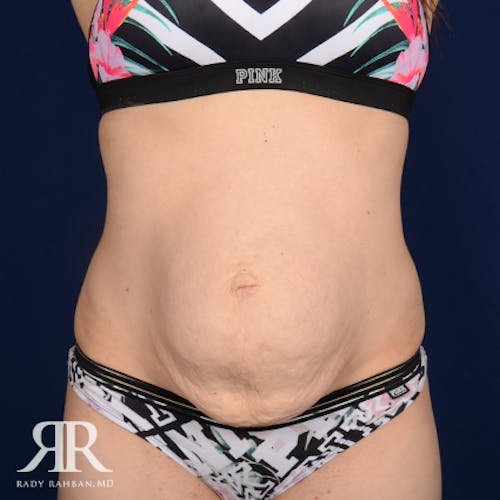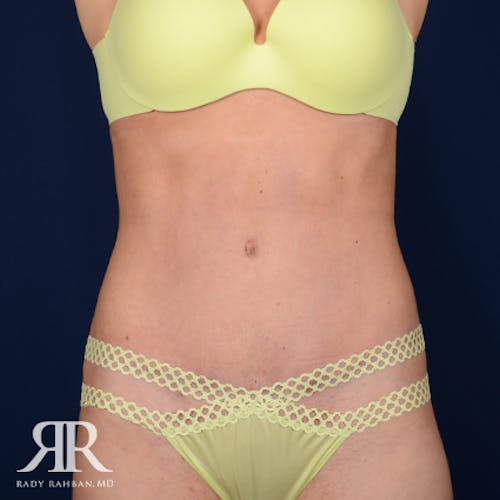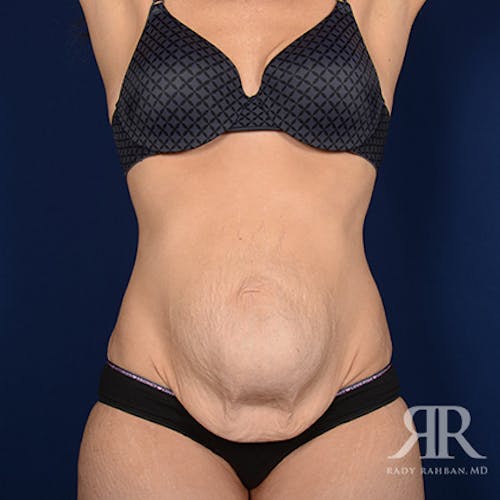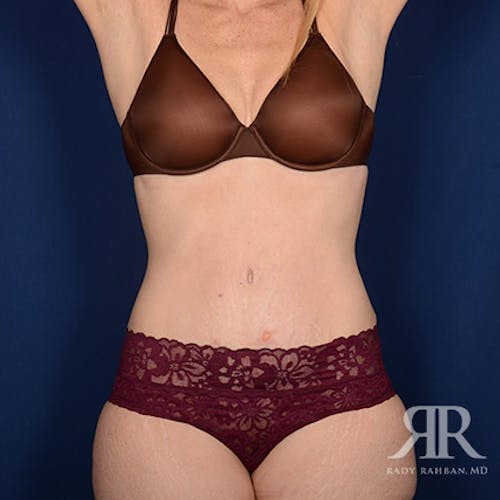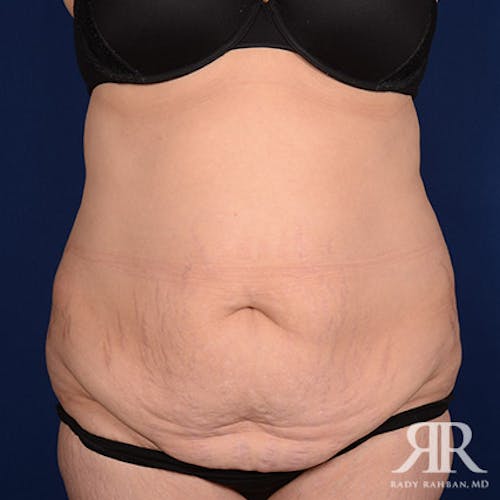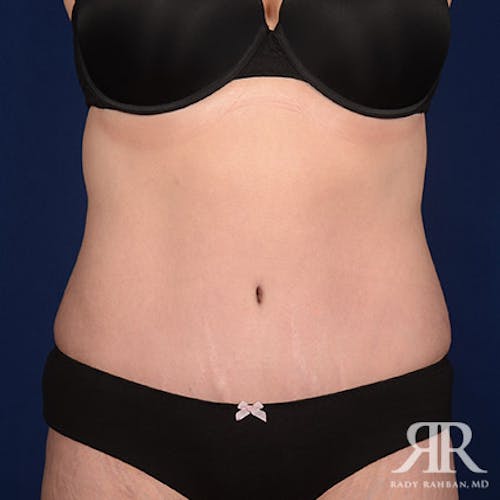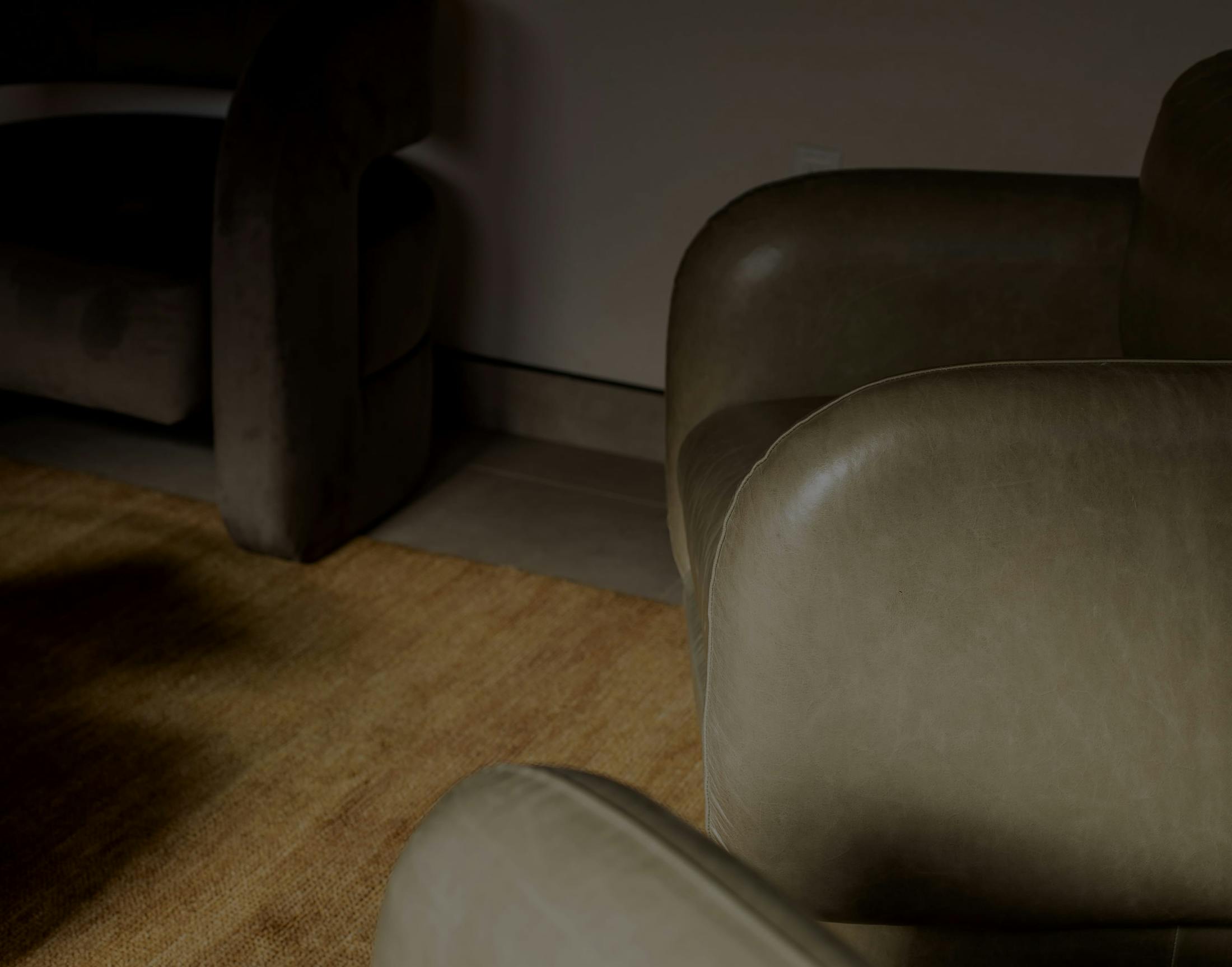Although the tummy tuck is one of the most commonly performed plastic surgery procedures, it’s not without the potential for serious complications. Fortunately, you can ensure a safe experience by being aware of the inherent risks and choosing a surgeon who can minimize them. To help you get started, here are some of the most common tummy tuck complications that can arise, along with the proactive steps Dr. Rahban takes to prevent them.
Bleeding and infection
Bleeding and infection are very rare complications among Dr. Rahban’s patients, because he does everything within his power to minimize your risk. To begin, he will have you stop taking any medications that can promote bleeding for two full weeks prior to surgery, including aspirin, supplements and anti-inflammatories. To prevent an infection, he’ll have you rinse with an antiseptic soap the evening before and the day of surgery, and he’ll administer antibiotics during and after your procedure. He’ll also provide you with strict aftercare guidelines that he believes will ensure a smooth and infection-free recovery period.





